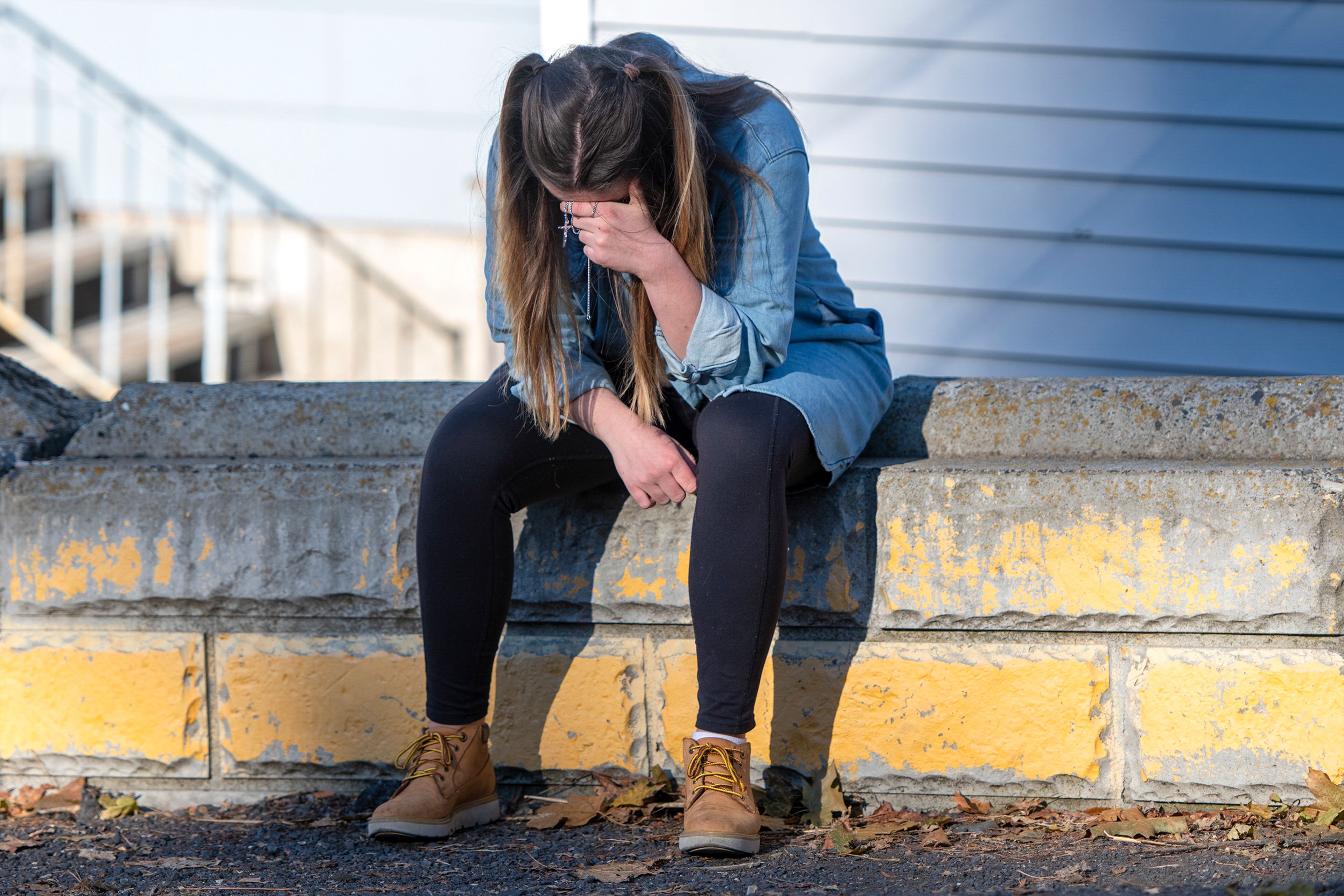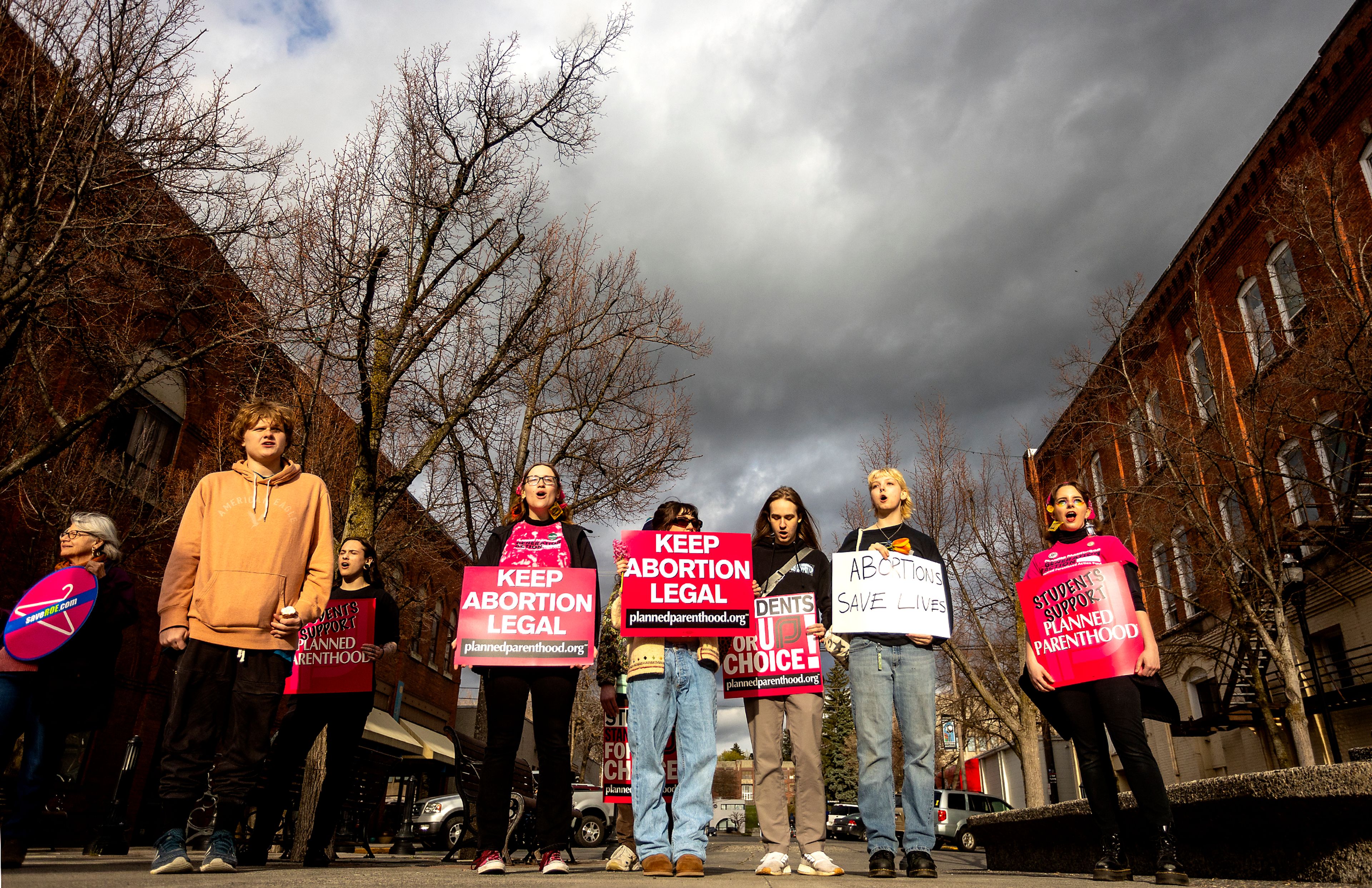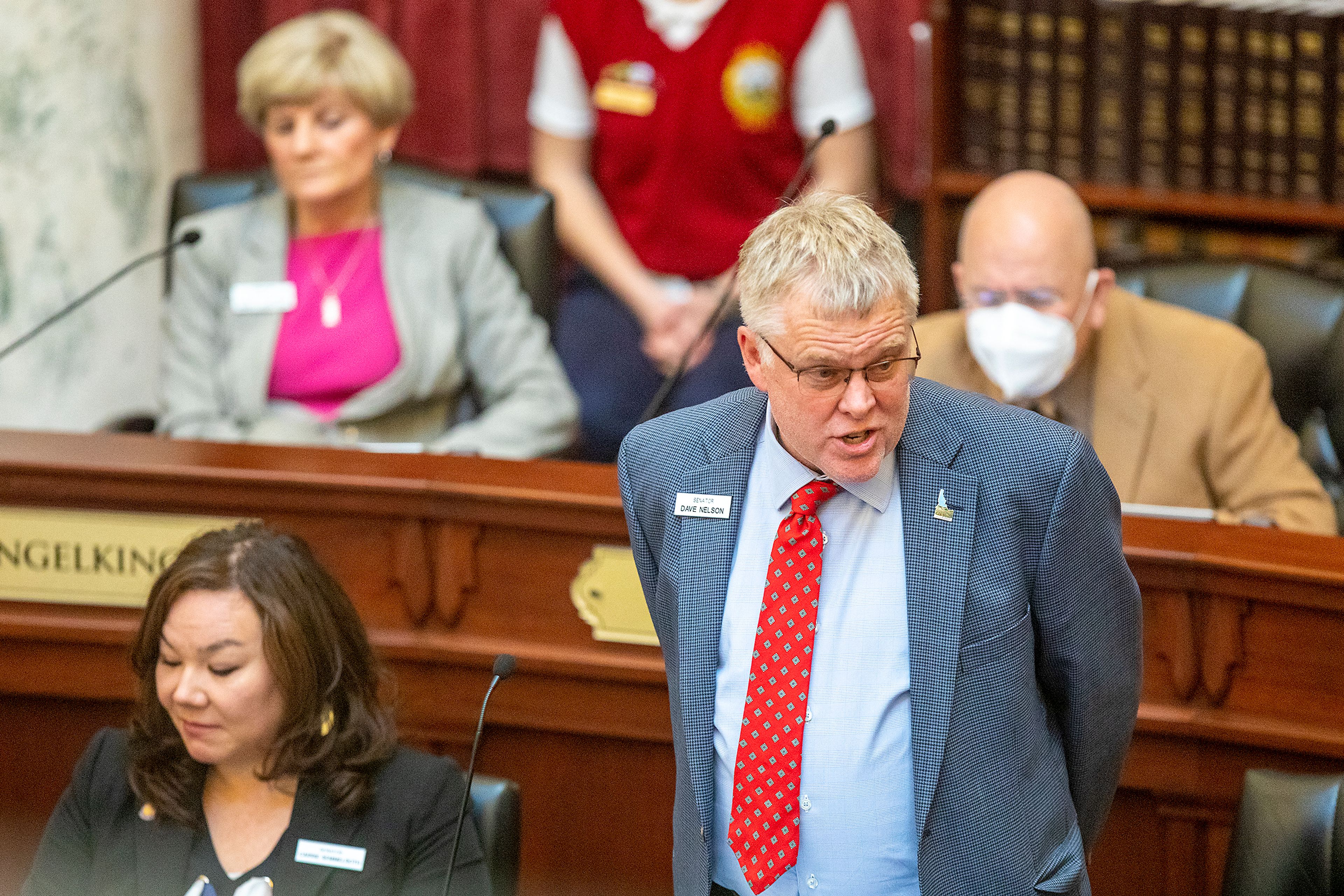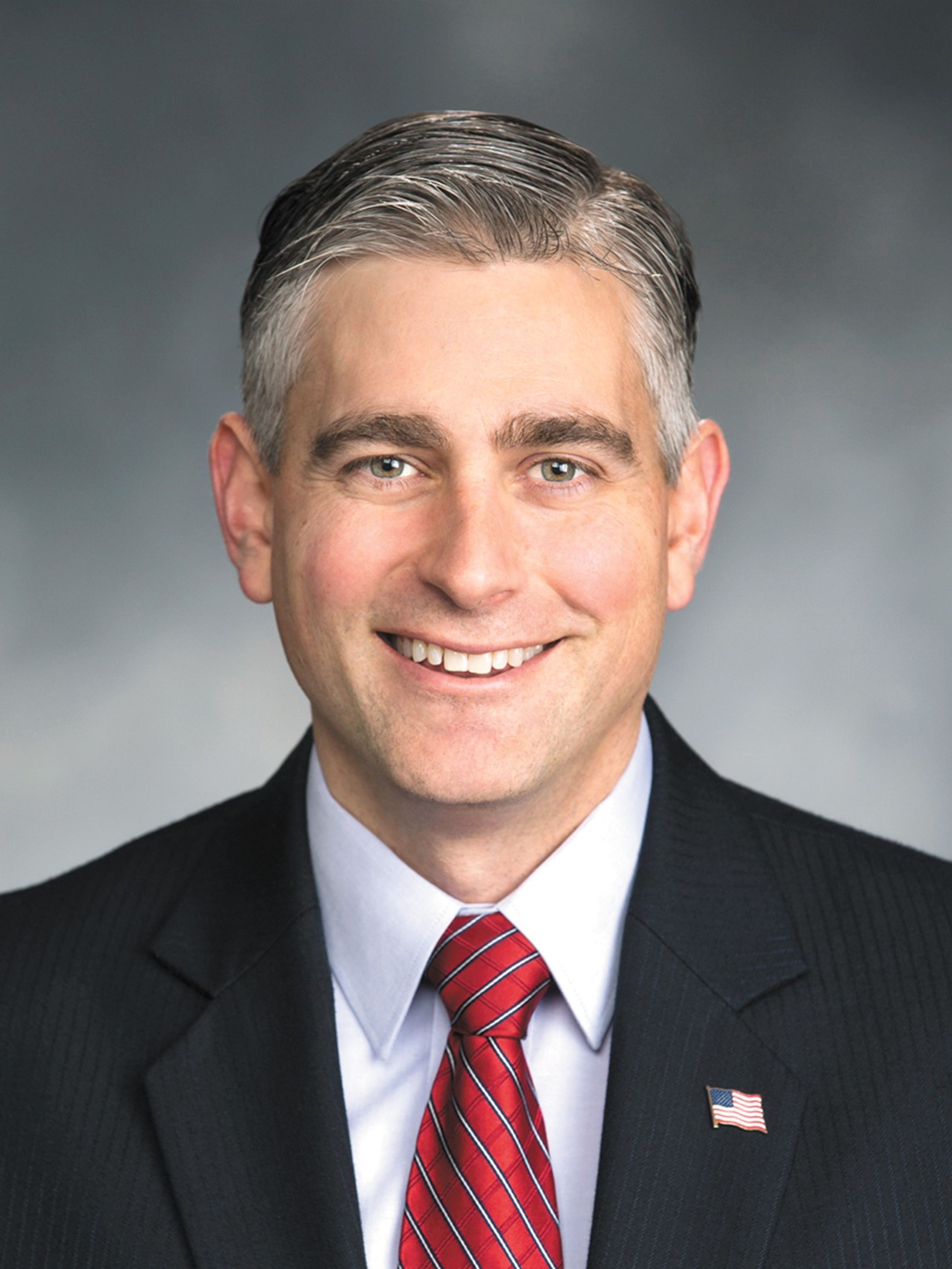There was little question what the most significant story on the Palouse was in 2022 when the staff of the Moscow-Pullman Daily News chose from a list of topics.
And that story — the murders of four University of Idaho students at an off-campus house Nov. 13 — dominated the headlines right up until the end of the year. (See above.)
Besides that tragic event, other stories that kept our reporters busy in 2022 include the region’s housing crunch, the local ripples caused by the overturning of Roe v. Wade, the stop-and-start work on the expansion of U.S. Highway 95, the sudden prominence of fentanyl in the drug trade and huge turnover in the Idaho Legislature.
1. Murders shake Moscow and the entire nation
The top story of 2022 left four families heartbroken and a community in mourning. As the year came to a close, however, a promising new development occurred.
The Nov. 13 murders of University of Idaho students Xana Kernodle, Ethan Chapin, Kaylee Goncalves and Madison Mogen in their Moscow residence not only dominated local headlines, but captured the attention and fascination of the international media as well.
Much to the public’s frustration, it was a story that presented more questions than answers. For nearly seven weeks, no suspects were identified.
When news of the murders broke Nov. 13, police assured the public there was no threat to the community. Following outcries from the community and the media, they changed their tone and asked the public to remain vigilant as an individual capable of stabbing four people was still on the loose.
Concerned UI students went home early and finished the semester remotely. Those who stayed in town mourned Kernodle, Chapin, Goncalves and Mogen during a Nov. 30 vigil in the Kibbie Dome.
The Moscow Police Department, Idaho State Police and the FBI asked the public for any tips, video footage or photos that might shed light on what happened. They said this information might be one of the puzzle pieces that will help solve these murders. On Friday, Moscow Police Chief James Fry said police received more than 19,000 tips.
Then, on Friday, police announced that WSU student and Pullman resident Bryan Christopher Kohberger had been arrested in Pennsylvania in connection with the homicides.
Police are still asking for information, only this time they want to know more about Kohberger from those who knew him.
During a Friday news conference, both Fry and Latah County Prosecutor Bill Thompson said this arrest does not mark the end of the case, but a new beginning, as Kohberger must still face an Idaho judge.
This story is not over, but 2022 will end with what appears to be a major breakthrough in the case.
— Anthony Kuipers
2. Housing shortage hits region
Men and women shivering in the cold without anywhere to go. Campers and tents serving as make-shift homes.
Both were more common in north central Idaho and southeastern Washington in 2022 as a housing crisis gripped every corner of the area.
Prices for houses and rentals soared, making it difficult for many, even double-income families, to afford shelter.
The market in Moscow was the most expensive in the area. The average price of a home in Moscow was more than $480,000 in some of the last months of this year, compared with $263,078 for the same time in 2017.
The trend was similar in other places. In the Lewiston-Clarkston Valley, homes averaged $353,710 near the end of 2022, compared with $206,250 for the same time five years ago.
In the recent past, families that couldn’t afford living in Boise or Coeur d’Alene might relocate to Lewiston or Clarkston to buy more affordable homes. If those communities lacked options within their budgets, they might live in a smaller outlying town and commute to work at places like CCI/Speer or Clearwater Paper in Lewiston. But that strategy was much less viable in 2022.
The causes were complex. From about the Great Recession until about 2018, the pace of construction of new homes had fallen behind demand. After COVID-19 struck, the popularity of almost everywhere in the Northwest skyrocketed.
Companies and organizations found that employees could do their jobs remotely as long as they had cellphones, laptops and access to high-speed internet.
With the freedom to work anywhere, many people escaped to less-populated regions such as north central Idaho and southeastern Washington to get away from civil unrest and traffic congestion in a place with abundant outdoor recreation.
What happens next is still unfolding. The last part of December was particularly miserable for the homeless. Snow and sleet fell on many days when temperatures dropped well below freezing, even in Lewiston, which often has some of the warmest weather in the area.
First Step 4 Life has ordered a military style tent that will be heated and equipped with portable restrooms that will be open from 5 p.m. to 8 a.m. seven days a week with 20 beds this winter. It will be installed on a lot at the base of the Ninth Street Grade in Lewiston.
People will be allowed to stay there as long as they follow rules such as not posing a threat to themselves or others.
Constructing a higher volume of affordable, permanent housing could be even more difficult. One of the only large-scale projects in the works is being coordinated by Catholic Charities. It would take more than a year to complete and that’s only if the group succeeds in getting funding.
Catholic Charities has sought millions in federal tax credits and other money for the 72-unit apartment complex near Clarkston’s Walmart. It would be for homeless and low-income families and could be ready in the spring of 2024.
— Elaine Williams
3. Overturning of Roe v. Wade sets off Idaho trigger laws
In recent years, the Idaho Legislature passed multiple trigger laws that stood poised to ban abortion and allow for the prosecution of medical providers who perform abortions — if Roe v. Wade was ever overturned.
After the U.S. Supreme Court made that move in June, Idaho ended up with some of the strictest abortion laws in the country.
Both anti-abortion and abortion rights advocates in Idaho and surrounding states started making plans for its overturn months, and in some cases years, ahead of time.
After hearing news of the Supreme Court draft opinion leaked this spring, Hannah George, a Boise mother of two, told the Lewiston Tribune in May that she was looking into sterilization.
George, who previously suffered two miscarriages, said she worried what could happen to her children if she had a third and doctors delayed treatment for fear of legal, professional and financial repercussions.
“I think about if this had happened in 2016 (when I had a miscarriage). Like, what would the doctor do?” she said. “The doctor literally came into the ultrasound room and rushed me across the street to the hospital. The surgery had to happen in like, the next 20 minutes, or I was gonna die.”
In Washington, the state Legislature passed House Bill 1851 to expand the number of medical professionals authorized to perform abortions.
According to the Northwest Abortion Access Fund, which provides assistance for travel and other expenses to pregnant people seeking abortions, total practical support service costs increased from $413,057 in 2021 to $902,232 through Nov. 15 of this year.
In September, the University of Idaho sent a memo to its staff advising them to avoid language that could be seen as counseling in favor of, or referring for, abortion based on the No Public Funds for Abortion Act.
While the university later sent “clarifying points” to staff saying UI’s policy had not changed, some professors and students said the memo had a chilling effect on classes that discuss issues like abortion and contraception.
— Rachel Sun
T4. U.S. Highway 95 project gets started, but faces court challenge
In summer 2022, a $57 million highway improvement project that’s been in the works since 1999 hit a roadblock.
Construction crews this year finally began work to expand and realign a 6.5-mile stretch of U.S. Highway 95 south of Moscow after two decades of planning. The Idaho Transportation Department believes doing this will add capacity, improve safety and reduce travel times.
Then, in late August, the Army Corps of Engineers temporarily suspended authorization to continue construction at 13 permitted wetland sites along the highway.
This occurred as the Corps and ITD were, and still are, co-defendants in a lawsuit brought forth by the local environmental group Paradise Ridge Defense Coalition.
The Paradise Ridge Defense Coalition filed the lawsuit in March, claiming the U.S. 95 project does not qualify for a permit the Corps authorized under the Clean Water Act. The environmental group claims ITD underestimated the wetland acreage that would be destroyed by a portion of the project.
Of the 13 wetland sites involved in the project, one is the focus of this litigation. Following the permit suspension, ITD and the Corps were tasked with reassessing the size of the permitted wetlands at that one site near the beginning of the project.
The suspensions prohibited construction on wetland or tributary sites. ITD released a statement in August saying this could jeopardize the project in the future.
Work was allowed to continue in other areas and, as of today, approximately 30% of the U.S. 95 project is complete.
However, there is no change in the status of the wetland permits. The lawsuit is ongoing.
Construction has paused because of winter weather, and ITD expects it will resume in April.
In 2023 and 2024, crews expect to build two bridges over Eid Road and pave the new set of lanes. Each season of construction will generally occur between April and October.
ITD anticipates drivers will be able to take the new route by fall 2024.
— Anthony Kuipers
T4. Fentanyl becomes region’s No. 1 drug scourge
Fentanyl use has been on the rise, becoming one of the most popular drugs on the streets in 2022.
There’s been a marked increase in fentanyl cases throughout the course of this year, said Denis Tracy, Whitman County prosecutor. As a result, a majority of the drug cases in Whitman County courts are related to the synthetic opioid.
Tracy said the court is seeing fewer cocaine, heroin and methamphetamine cases, but those are being replaced by fentanyl. He attributes this to people with addiction switching to new drugs on the market.
“I think it’s a pattern that I’ve seen over the course of the last 20 years,” Tracy said.
A lot of fentanyl is coming to the Palouse from overseas labs in China and Mexico, he said. Whitman County and surrounding areas are south of Spokane, on the track of busy U.S. Highway 95. Tracy said drugs trickle down from Spokane and also come from the Tri-Cities on primary trafficking routes.
Addiction affects entire families and the whole community, Tracy said. The addicted person eventually runs out of their own resources to feed their habit and turns to crime to support it, he added. And people who struggle with addiction may turn to trafficking drugs.
“It feeds into the whole cycle of criminal behavior and impacts the community greatly,” Tracy said.
Tracy said health care providers and first responders are also affected by addiction, since they must respond to overdoses and disturbances.
Tracy said there are a number of things the Whitman County courts are doing, including establishing a community court in their court district, recognizing the overall legal framework in Washington regarding illegal drugs and offering Drug Offender Sentencing Alternatives.
“(Addiction) has a huge impact across the community,” Tracy said. “We’re not going to jail our way out of the drug problem in America. It is by no means the cure.”
— Emily Pearce
5. Idaho Legislature gets a makeover
A perfect storm of redistricting, intra-party feuding and political aspirations led to historic turnover in the Idaho Legislature in 2022.
By the time all was said and done, nearly half the House and Senate had rolled over, along with four of seven statewide constitutional offices.
Most of the turnover took place during the May Republican primary, when 19 incumbent lawmakers lost. That’s nearly five times the average in legislative primary races dating back nearly 30 years. Three-term Sen. Carl Crabtree, R-Grangeville, was one of the incumbents who got caught up in the intra-party dispute. He lost a four-way race for the 7th Legislative District Senate seat.
“I think incumbents win on average about 91% of the time,” he said. “But there was no advantage to it this time around.”
Eight senators lost reelection bids during the primary. Five of them were committee chairmen and three were vice chairmen.
Sen. David Nelson, D-Moscow, added to the total when he lost to former Sen. Dan Foreman, R-Viola, in the November general election.
Add in the senators who retired and 20 of the 35 seats in the Idaho Senate will have new representation in 2023.
Similarly, 31 of 70 House seats will have new representatives.
“I believe that’s probably unprecedented turnover,” said former House Speaker Scott Bedke, R-Oakley, during a Legislative Council meeting in November.
The 2023 legislative session, which begins Jan. 9, “promises to be an interesting one for a bunch of different reasons,” Bedke said, “ not least of which is the steep learning curve these 51 individuals will be facing.”
— William L. Spence
Top stories of 2022
1. Moscow murders
2. Housing shortage
3. Local reaction to Roe v. Wade
T4. U.S. Highway 95 project
T4. Fentanyl rising
5. Idaho Legislature














